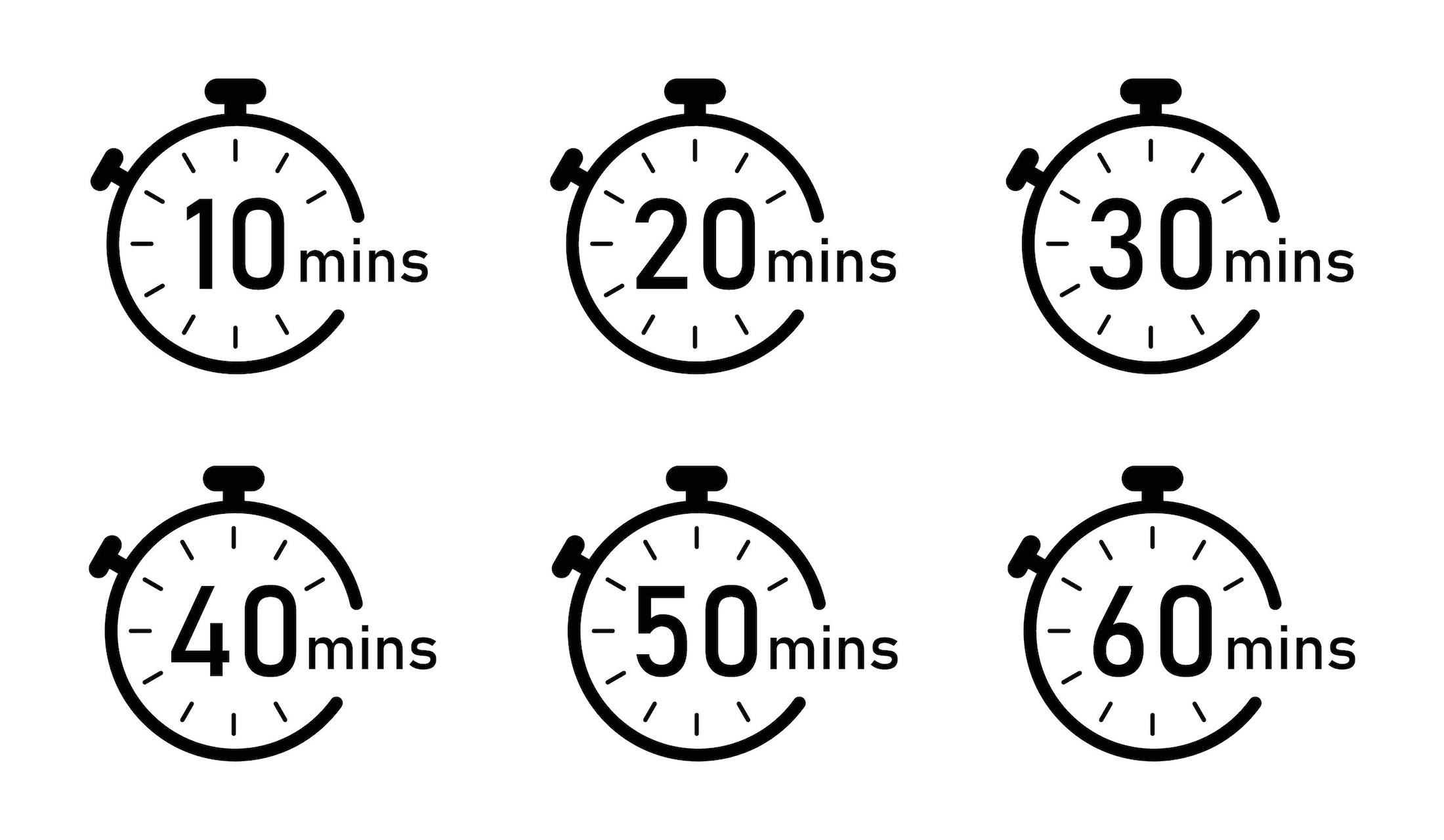Business leaders field tough questions every day—from investors, from staff, from journalists. So why do so many of us still fear audience Q&A, after we’ve given a speech? Could it be that we hear questions as accusations?
As a tool to lessen anxiety, some speaker trainings suggest picturing your audience in their underwear. But in fact, you don’t want the audience to be naked, you want them engaged: listening, thinking, taking notes, preparing to ask a question.
Audience First. Always.
To gain confidence in front of a large group, effective speakers don’t try to tune out their audience by pretending it doesn’t exist. Instead, they focus on what their audience needs.
Answering a question is the best way to create a direct connection with your public. But lowering anxiety in these settings comes from understanding the people you’re addressing. Ask yourself: what does your specific audience want, or fear ? If you can demonstrate that you understand their needs and expectations, they are more likely to embrace your message.
Information Creates Understanding
To gain confidence and maximize your impact, build your speech from your comfort zone: your expertise and your experience.
At its most basic level, any audience question is simply a request for information. A person needs to know something and you, the expert, have the answer. There is nothing here to feel defensive about, so just respond calmly and move on. Confident leaders, and true experts, never over-argue the point—less is more.
If you get overwhelmed by a barrage of overlapping questions on the same topic, view this instead as a great opportunity to recap key ideas in your own words.
Reassurance Builds Trust
Sometimes, an audience member is simply fearful. Take this opportunity to create audience connection: make a confirming statement, i.e. reformulate the question to demonstrate active listening, and an understanding of the asker’s underlying anxiety.
If the person is interested, but hesitant, they may simply need more supporting evidence. This is an opportunity to use data in your storytelling. Provide additional examples to illustrate your points.
In both cases, questions based in fear require you to be confident and reassuring, to build audience trust. People remember how they felt more than what you said.
Don’t Take the Bait
If the person asking the question actually wants to steal the spotlight, proceed with caution. Usually these types of queries present themselves as non-interrogatives— they sound more like a monologue. If you take the bait, you risk encouraging this person, while detracting from your main message.
(NB: for techniques on handling tough questions, I’ve written about that HERE (Answering Tough Questions December 2018), and HERE (Define your playing field in Interviews March 2019.)
When All Else Fails, Be Yourself
Even if you are confident answering questions, sometimes you may still be caught offguard. You can soften the impact of surprises through preparation and Q&A rehearsals, which are a great way to practice repartee. As Benjamin Franklin famously said: “By failing to prepare, you are preparing to fail.” In general, people are predictable. For example, when getting ready to meet the press, take stock of what journalists are writing about your industry or your competitors.
Finally, if someone really throws you off with an impossible question, admit that you are caught off guard and dare to laugh at yourself, with others. Sharing the moment is a great way to diffuse your emotional response, with the added benefit of endearing you to the audience. As Oscar Wilde said to have quipped: “Be yourself, everyone else is already taken!” Audiences prefer modesty and honesty over arrogance and BS.
“I’m Ready for Your Questions.”
Successful leaders are by definition effective communicators, who engage with their audiences by focusing on their needs. Your job is to deliver information while reassuring your audience at the same time. By understanding your audience first, you’ll have a head start on being able to answer their (difficult) questions with confidence.





